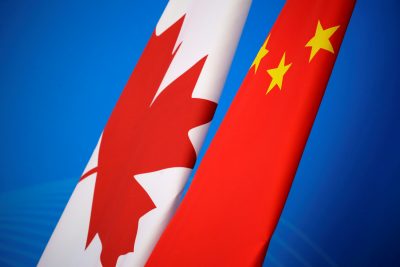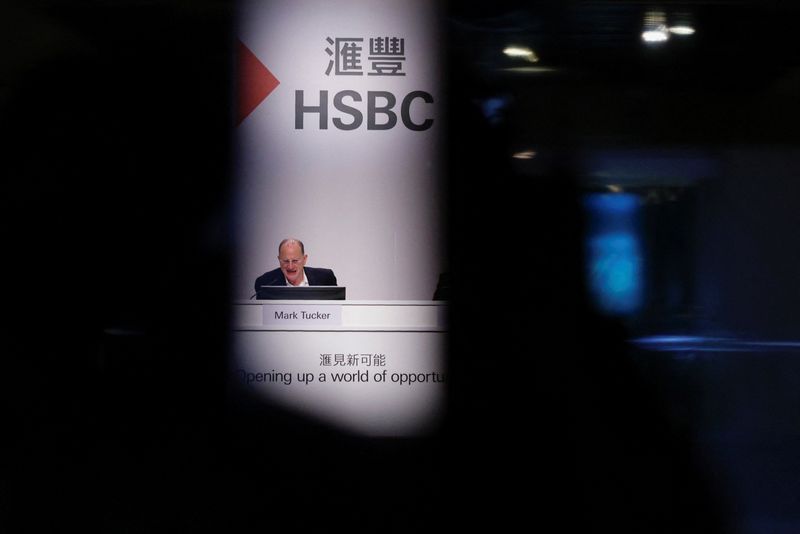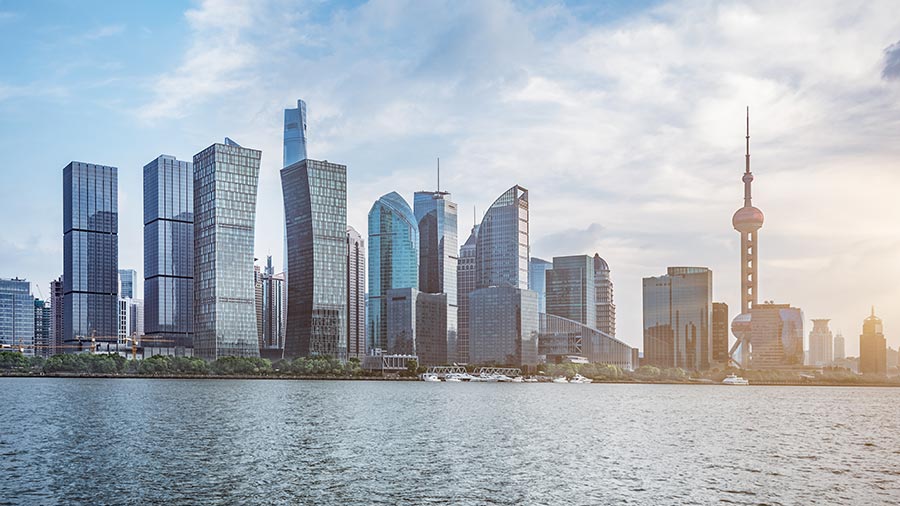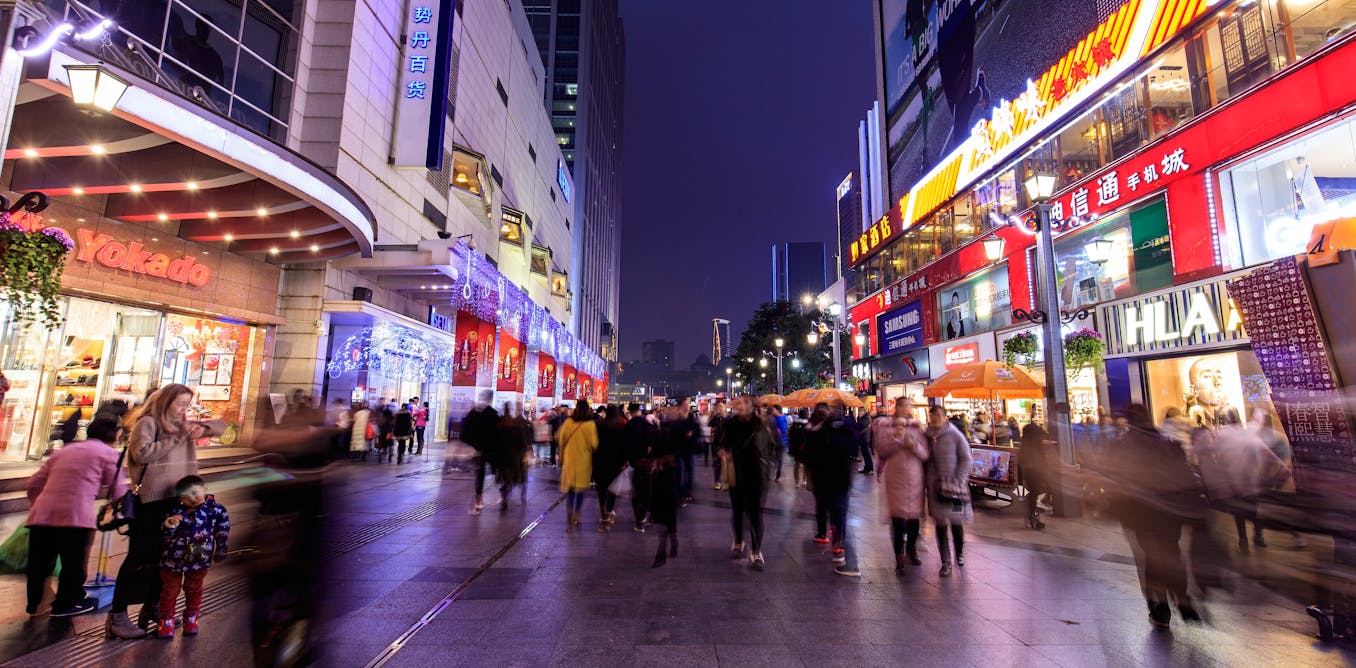China
Canada’s intercept in Australia’s loose China game

Author: Editorial Board, ANU
Engagement has been the bedrock of Canada’s approach towards China for over 50 years. In 1970, Pierre Trudeau, father of Justin, the current Canadian Prime Minister, was among the first Western leaders to open diplomatic relations with Beijing, before the visit of US President Nixon shifted the logjam on US–China relations in 1971. Canada’s co-location alongside its nuclear superpower protector in no way inhibited strategic initiative on China; indeed, it created the space for it.
Caught on the battle front in the crossfire between a more assertive and formidable China and a United States that has suddenly swung into action in the so-called ‘new Cold War’, Canada’s engagement strategy is now under pressure.
Canada’s predicament is encapsulated in the angst generated around the drawn-out detention of Michael Kovrig and Michael Spavor in China (the two Michaels) and the arrest of Huawei CFO Meng Wanzhou in Vancouver on an extradition order requested by the United States under the Trump administration. The fate of the two Michaels, no one is in any doubt, is entwined with that of Meng. The shift in Canadian public sentiment on China has been dramatic.
Polls and commentary on social and mainstream media reveal a gathering landslide of hostility and negative sentiment in the relationship. Concerns about Chinese behaviour extend from Xinjiang, Tibet and the origins of COVID-19, to the South China Sea, developments in Hong Kong and Chinese interference operations.
In our lead article this week Paul Evans observes that ‘the public mood is agitated and negative … The online world is toxic and dangerous terrain for those trying to explain — much less defend — Chinese actions. A whiff of McCarthyism floats in the air as some insist on loyalty tests based on views of Chinese communism. “Elite capture” is offered as an explanation of how academics, businesspeople and politicians who support engagement are witting or unwitting CCP agents … Departments and agencies are quietly examining Huawei’s role in the 5G network, measures to protect intellectual property and strategic resources, university collaborations, and military deployments in contested waters’. Australian readers will relate to this drift.
As Trudeau’s Liberals head towards an early election on the wave of their success in managing the COVID-19 crisis, Evans speculates that the Conservative opposition might try to wedge the government over China.
The Conservatives’ election manifesto is detailed, calling on the country to work with democratic allies and friends to face down Chinese Communist Party (CCP) threats to Canadian institutions and values, plus advance freedom, democracy, human rights and the rule of law abroad.
Despite the hostile atmospherics, Trudeau has continued to seek balance in Canada’s dealings with China. He has deflected charges that his government is soft on China, using hard language to denounce specific Chinese actions (‘hostage diplomacy’ and ‘arbitrary detentions’) and rallying support from friends and allies to pressure Beijing on the two Michaels, Xinjiang and Hong Kong. The Canadian government avoids blanket criticisms of the CCP and rhetorical overreach. If Trudeau has moved beyond engagement, he is yet to fully articulate an alternative.
Despite the fractiousness in Canada’s political relations with China, the economic relationship is surging back after the initial COVID slump. In a thinly disguised political move, China imposed quarantine restrictions on Canadian exports of canola and soya beans in March 2019. Exports of those commodities worth US$3.3 billion in 2018 slumped by 81 per cent in 2019. While the dispute is proceeding through the WTO, oilseed exports have recovered 58 per cent in the first six months of this year and Canadian canola exports have found their way into the Chinese market via third countries. Exports across the range of Canadian exports to China have increased by 23 per cent in the same period and are running above their 2018 peak. Notably, Canada’s barley exports to China are up 238 per cent and coal 185 per cent, helping to fill the gap left by Australia’s being muscled out of these markets.
Many of the issues in Canada’s relationship with China resonate in Australia. Yet the two countries have managed the diplomacy of the relationship quite differently with implications for economic outcomes. As Sourabh Gupta points out in a related article this week, ‘on the substantive issues that have eroded Australia–China ties…
Business
HSBC Chairman to Head Key UK Business Delegation to China

HSBC Chairman Mark Tucker will lead a UK business delegation to China next month to boost trade and investment, amid concerns over national security and improving UK-China relations.
HSBC Chairman Leads UK Delegation to China
HSBC Chairman Mark Tucker will lead a pivotal British business delegation to China next month, marking the first significant visit since 2018. The trip aims to enhance Chinese investment in the UK, guided by Chancellor Rachel Reeves. Tucker, a seasoned financier with extensive Asia experience, is regarded as essential in resetting UK-China relations.
Reviving Economic Dialogue
Tucker will accompany senior bankers in seeking to rejuvenate trade, specifically focusing on financial services. Although there are apprehensions among some UK lawmakers regarding national security threats posed by closer ties to Beijing, the UK Treasury spokesperson confirmed Chancellor Reeves’ upcoming discussions on economic cooperation in Beijing.
A Shift in UK-China Relations
Since suspending most dialogues following China’s imposition of a national security law in Hong Kong, UK-China relations have soured. Nevertheless, the Labour government is prioritizing improved ties with China, emphasizing investment opportunities. Reeves asserts the necessity of a pragmatic approach to benefitting national interests amid ongoing concerns voiced by some lawmakers about security risks.
Source : HSBC Chairman to lead pivotal UK business delegation to China
China
China’s November 2024 Economy: Navigating Mixed Signals and Ongoing Challenges

In November 2024, China’s economy exhibited mixed results: industrial production rose by 5.4%, while retail sales grew only 3%, below forecasts. Fixed asset investment also faltered. Policymakers are anticipated to introduce measures to stimulate domestic demand and combat deflation.
China’s economy showed mixed performance in November 2024, with industrial production and exports showing resilience, while retail sales and fixed asset investment underperformed, amid ongoing challenges in the property sector. Policymakers are expected to implement targeted fiscal and monetary measures to boost domestic demand and address deflationary pressures.
The National Bureau of Statistics (NBS) has released China’s economy data for November 2024, revealing a mixed performance across key indicators. Retail sales grew by 3 percent year-on-year, a significant slowdown from October’s 4.8 percent growth and well below the 4.6 percent forecast. Industrial production, however, showed resilience, rising by 5.4 percent and exceeding expectations of 5.3 percent growth.
The property sector continued to drag on the broader economy, with real estate investment contracting by 10.4 percent for the January-to-November period, further highlighting the challenges in stabilizing the sector. Fixed asset investment also fell short of expectations, growing by 3.3 percent year-to-date, down from 3.4 percent in October.
In November, China’s industrial value added (IVA) grew by 5.4 percent year-on-year (YoY), slightly accelerating from the 5.3 percent recorded in October. This modest improvement reflects continued recovery in key industries, supported by recent stimulus measures aimed at stabilizing the economy.
The manufacturing sector led the growth, expanding by 6.0 percent YoY, while the power, heat, gas, and water production and supply sector grew by 1.6 percent. The mining industry posted a 4.2 percent YoY increase. Notably, advanced industries outpaced overall growth, with equipment manufacturing and high-tech manufacturing rising by 7.6 percent and 7.8 percent YoY, respectively, underscoring the resilience of China’s innovation-driven sectors.
Key product categories showed robust output gains in November:
From January to November, IVA increased by 5.8 percent YoY, maintaining steady growth over the year despite headwinds from a slowing property market and external uncertainties.
| This article was first published by China Briefing , which is produced by Dezan Shira & Associates. The firm assists foreign investors throughout Asia from offices across the world, including in in China, Hong Kong, Vietnam, Singapore, and India . Readers may write to info@dezshira.com for more support. |
Read the rest of the original article.
China
Ukraine war: 10% of Chinese people are willing to boycott Russian goods over invasion – new study

Since Russia’s 2022 invasion of Ukraine, some Chinese citizens express dissent through potential boycotts of Russian goods, reflecting a complex relationship despite government support for Russia.
Since Russia invaded Ukraine in 2022, the Chinese government has been criticised for its refusal to condemn the war. In 2024, the economic and diplomatic relationship between the two nations appears stronger than ever.
Because of strict censorship and repression imposed by the Chinese Communist Party (CCP), it is difficult to know the extent to which the general public shares their government’s support of Putin’s regime. But a newly published study I carried out with colleagues found that more than 10% of Chinese people surveyed were willing to boycott Russian goods over the war in Ukraine.
This is a surprisingly large figure, especially since existing surveys indicate that Chinese people hold a broadly positive view of their neighbour. We used a representative sample of 3,029 Chinese citizens for this research, to dig into public attitudes to Russia. The survey was done in 2022 after the Ukraine invasion.
We were aware that due to widespread censorship, our participants might not be willing to give honest answers to questions about Russia’s actions in Ukraine. They might also not feel safe to do that in a regime where disagreement with the CCP’s position is often met with harsh punishment. This is why we asked them to tell us if they would be willing to boycott Russian products currently sold in China.
We felt this question was a good indicator of how much the participants disapproved of Russian foreign policy in Ukraine. More importantly, we were also curious to find out whether Chinese citizens would be willing to take direct political action to punish Russia economically for its aggressive behaviour.
In our study, we split respondents into the three different ideological groups in China: “liberals”, who support the free market and oppose authoritarianism; “the new left”, who sympathise with the policies pursued in China under Mao Zedong; and “neo-authoritarians”, who believe the Russian-Ukrainian conflict is an extension of the rivalry between authoritarian China and the liberal United States. These groups were based on the main political beliefs in China.
We found that liberals were most likely to say they were willing to boycott Russian products. Liberals believe that China should work with, rather than against, western democracies. They also place a high value on human rights and democratic freedoms. Because of their beliefs, they are likely to think that Russia’s actions against Ukraine were unprovoked, aggressive and disproportional.
Chinese and Russian economic and diplomatic relations seem closer than ever in 2024.
American Photo Archive/Alamy
The new left and neo-authoritarians we surveyed were more supportive of Russian products. The new left see Russia as a close ally and believe that Nato’s expansion in eastern Europe was a form of aggression. Neo-authoritarians, on the other hand, believe that supporting Russia, an allied autocracy, is in China’s best interest.
Boycotting Russian goods
Asking Chinese participants if they are willing to boycott Russian products might seem like a simple matter of consumer preferences. However, our study reveals a great deal about the way in which regular citizens can express controversial political beliefs in a repressive authoritarian regime.
Boycotting products of certain companies has long been studied in the west as a form of unconventional political action that helps people express their beliefs. However, in the west, boycotting certain products is simply one of many ways people are able to take political action. In a country such as China, boycotting a Russian product might often be the only safe way to express disagreement with the country’s actions.
This is because citizens do not have to tell others they chose not to buy a product, and their actions are unlikely to attract the attention of the authorities.
Since Russian goods are readily available to Chinese consumers and China is encouraging more Russian exports to reach its market, the Russian economy could be significantly affected by an organised boycott campaign in China. The considerable level of support for a boycott expressed by some of our participants, as well as previous acts of solidarity with Ukraine in China, suggest that such a campaign could already be taking place in the country.
This could harm Russia because it regularly exports a number of different products such as meat, chocolate, tea and wine to China. These goods made up 5.1% of China’s total imports in 2023 – and this figure is likely to increase if Russia becomes more isolated from the west, and therefore more dependent on China for its trade.
While 5.1% of the Chinese market might seem like a low figure, China is home to over 1.4 billion people. In this context, even a small boycott could result in a serious loss to Russian companies.
Our research shows that Chinese citizens don’t always support the official position of the communist party. It also shows that many people there will express even the most unpopular political opinions – if they can find a safe way to do it.
This article is republished from The Conversation under a Creative Commons license. Read the original article.






